Small Plant, Big Potential: Microgreen Disrupters
Microgreens have been around for a long time, but they're enjoying a resurgence lately, thanks to some forward-thinking businesses, chefs and growers...
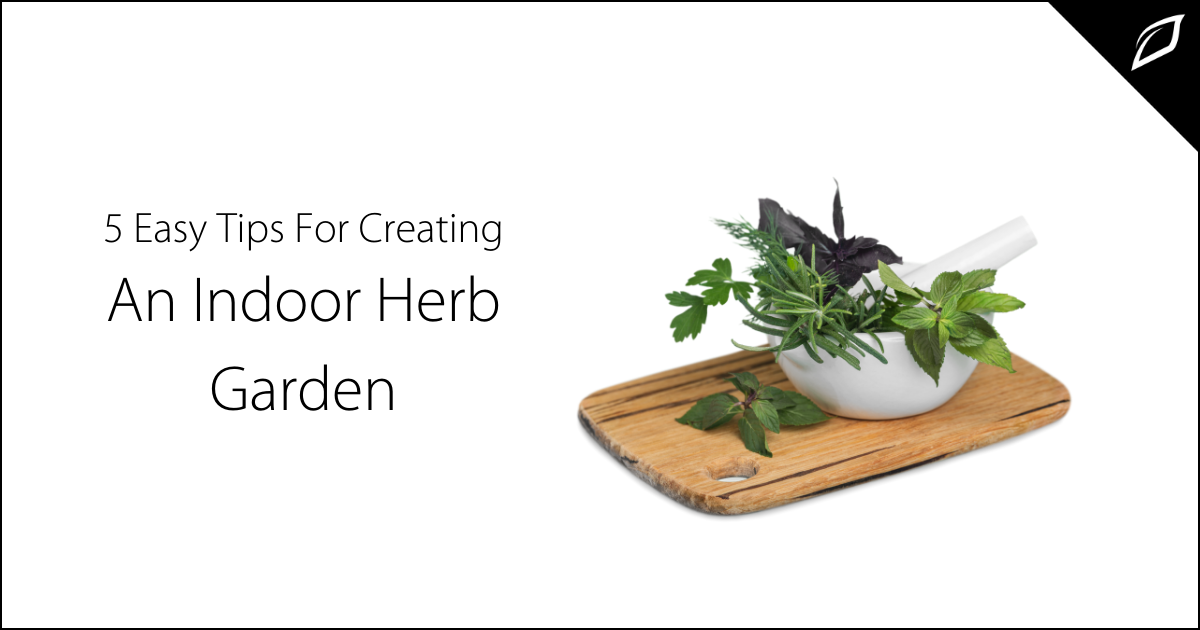
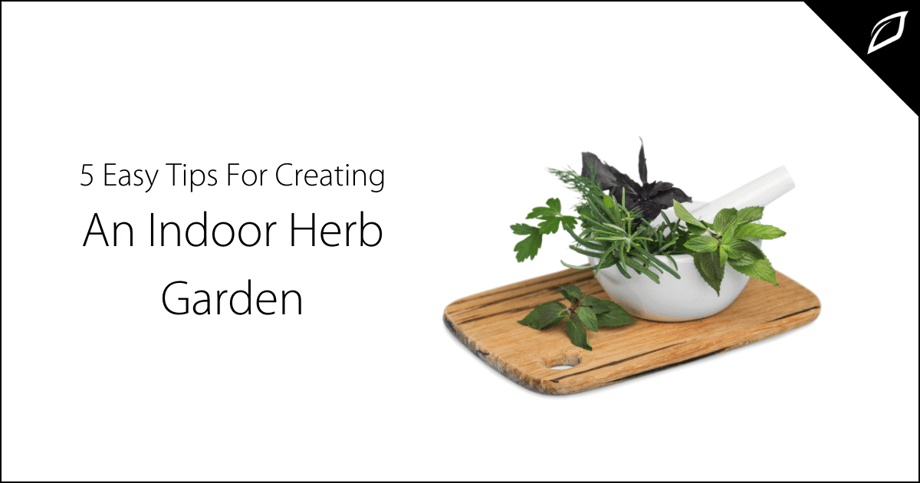
As recent growing trends point to more millennials wanting to control the food they put in their bodies, there's a movement towards creating indoor herb and vegetable gardens. These trends don't just apply to the younger generation, as older Americans are also exploring an alternative to food laced with chemicals and herbicides by supplementing what they buy at the grocery store with foods they can grow at home.
Herbs are the superheroes of plants. Not only do they contain healing properties that can treat many health problems, but with just a few sprigs, they can also transform an ordinary dish into a gourmet meal. These powerful greens need very little space to thrive and while it's not for everyone, if you're considering making space in your home to bring fresh herbs and veggies to the table, here are some helpful tips to assist you in avoiding the pitfalls of creating an indoor garden.
Whatever you decide to plant, enjoy the process. There's a feeling of accomplishment when you grow plants. Whether that's herbs, tomatoes or flowers, inspire your friends and family with a homegrown garden!
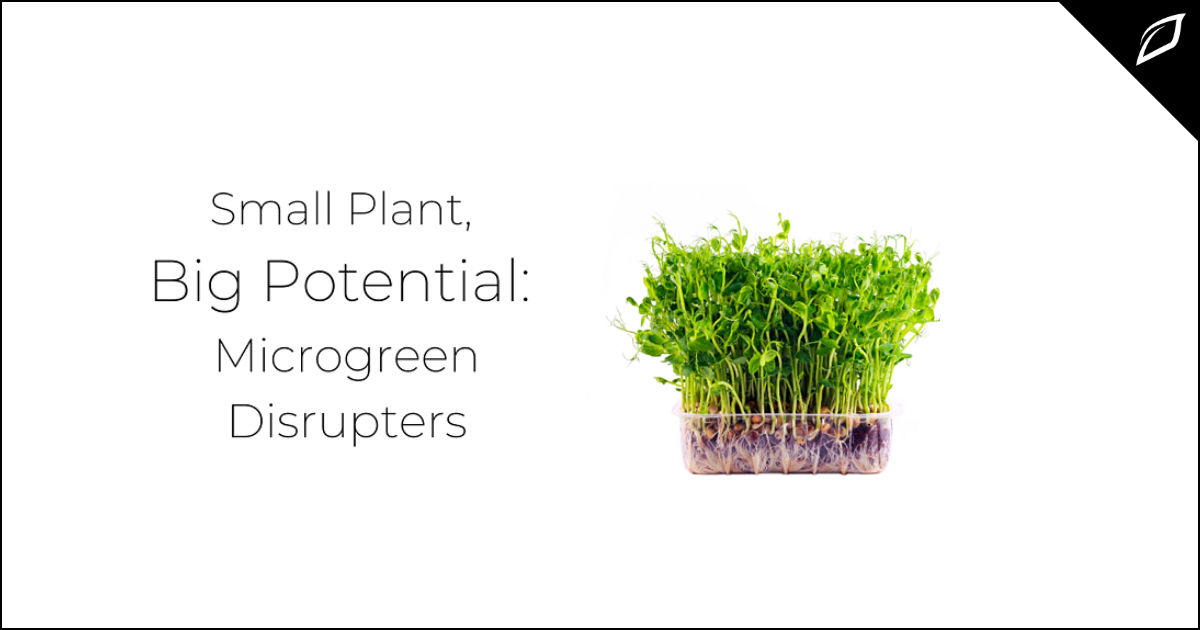
Microgreens have been around for a long time, but they're enjoying a resurgence lately, thanks to some forward-thinking businesses, chefs and growers...
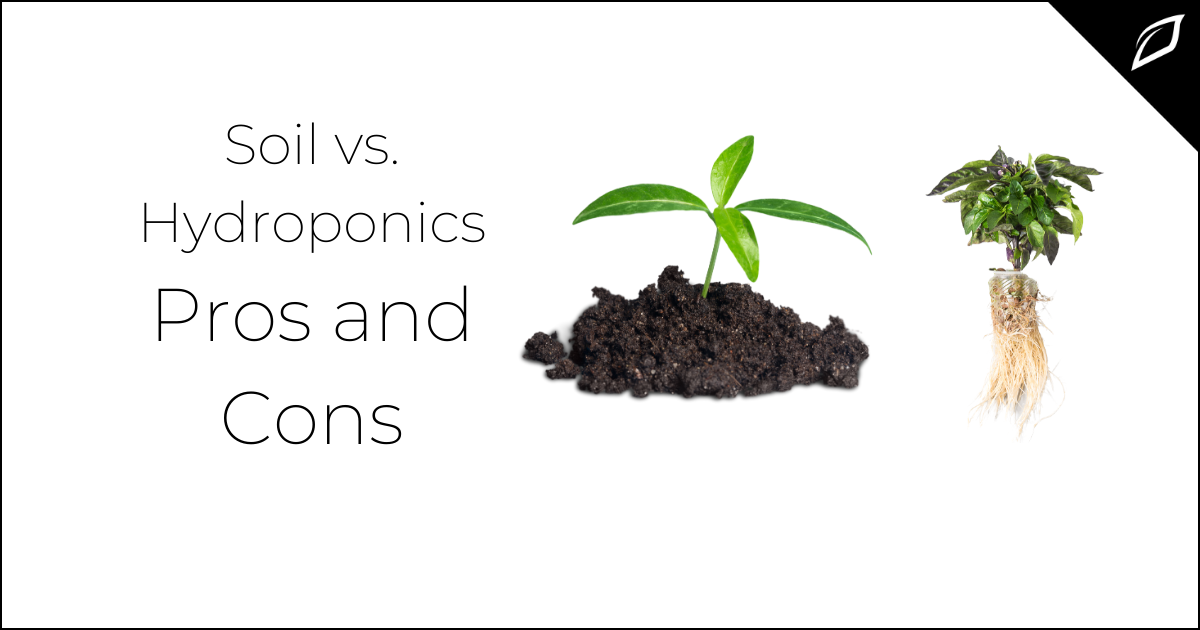
With the popularity of creating your own garden, whether it's cannabis or tomatoes, one of the first things to consider is whether to grow in soil or...
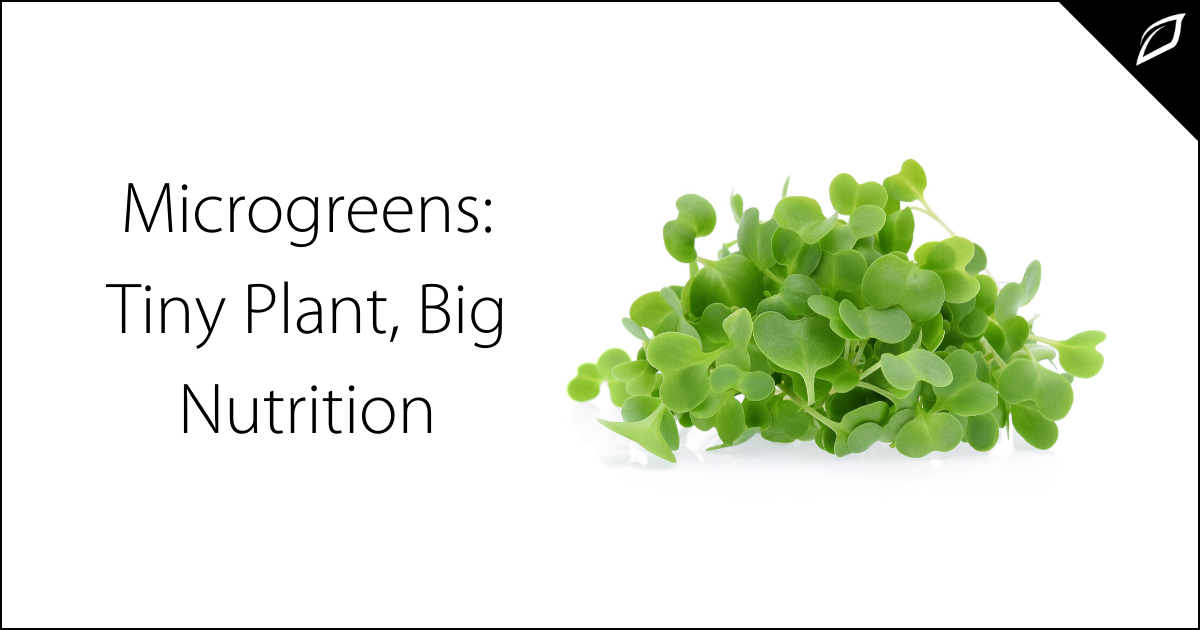
Thanks to a resurgence in the popularity of microgreens, more and more people are growing these nutritionally potent plants for personal use, and...